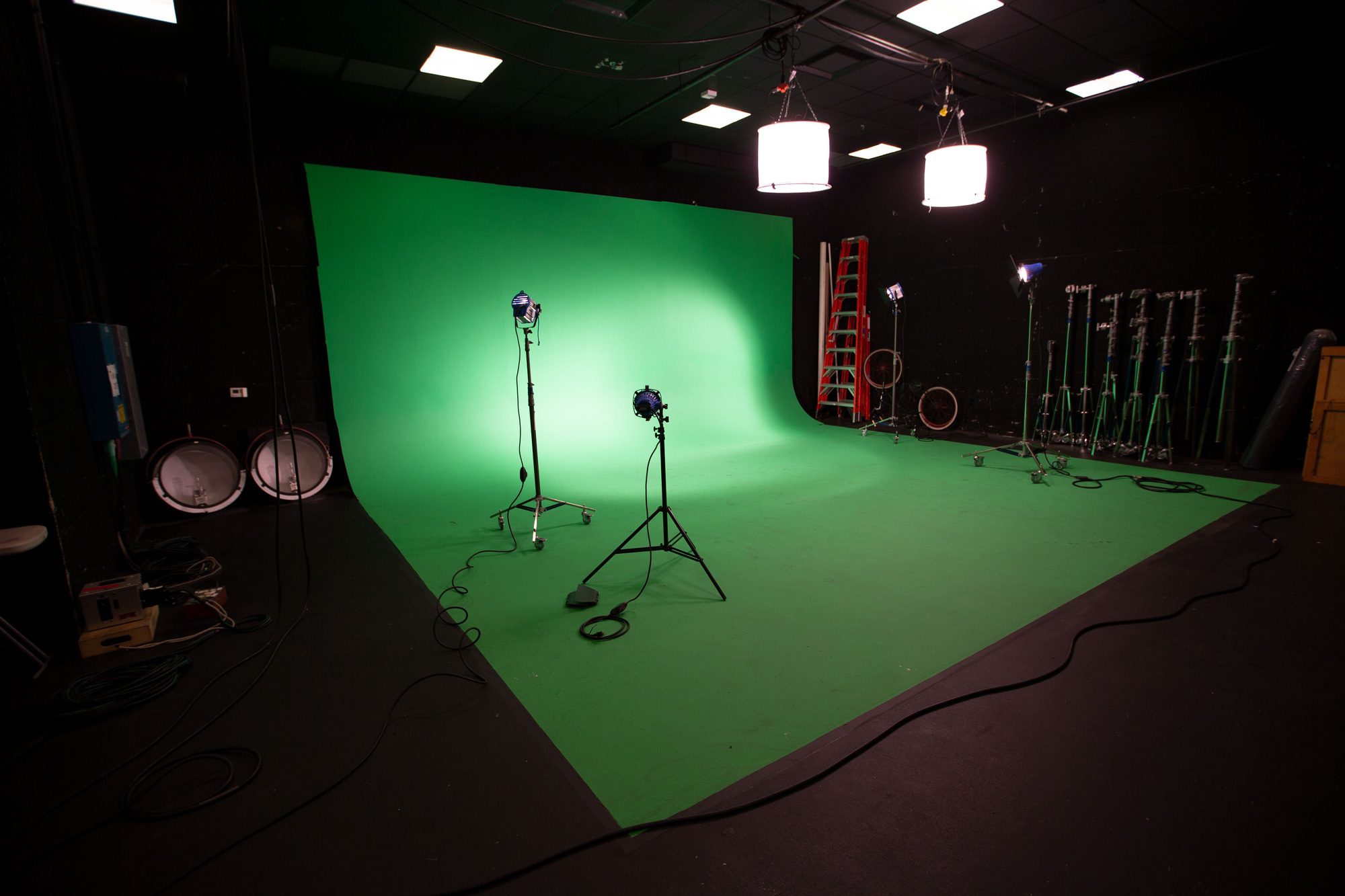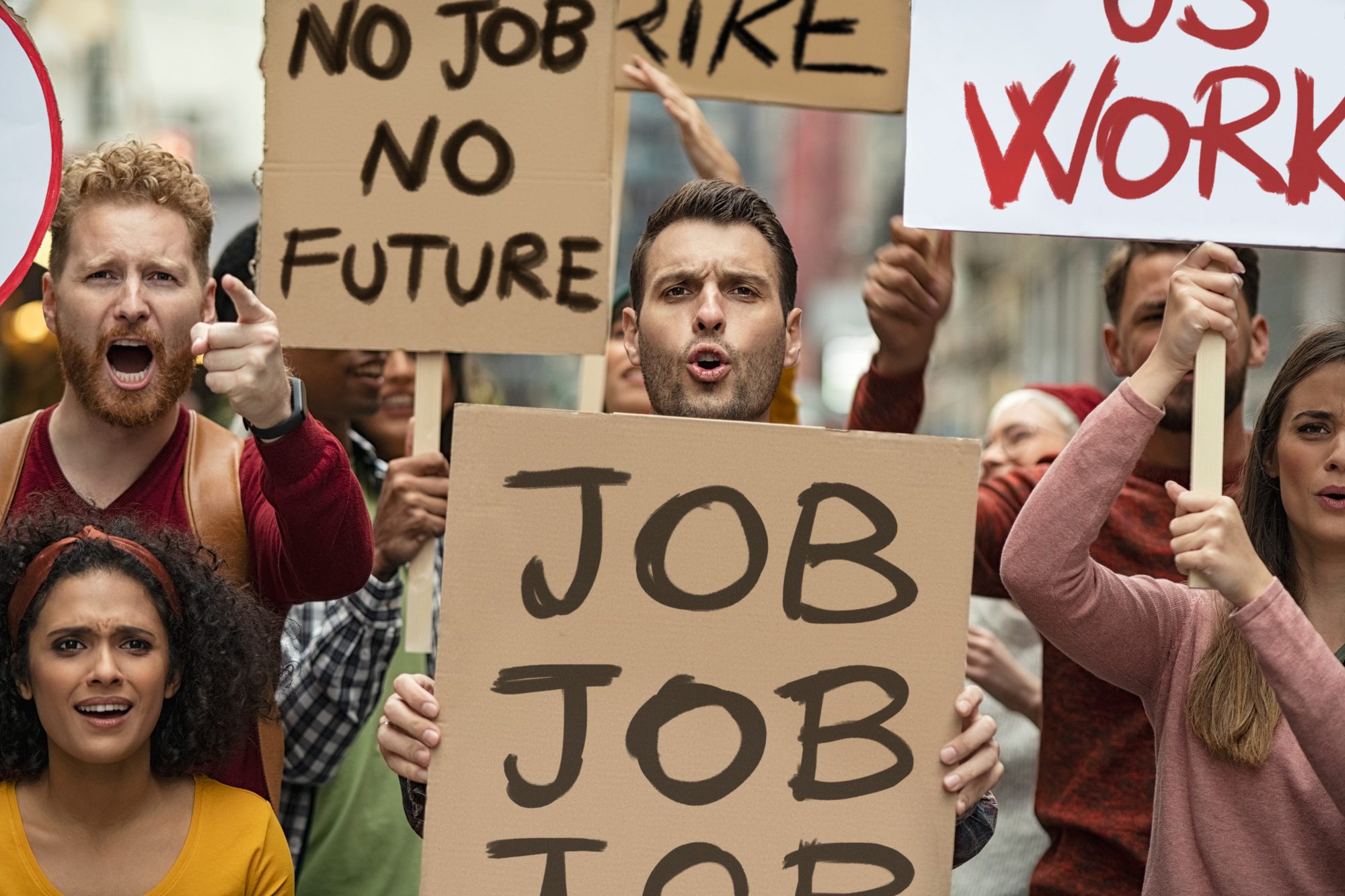Virtual Production Is Here to Stay: Lessons from the Post-Pandemic Era
When the COVID-19 pandemic brought traditional film production to a standstill, virtual production emerged as a lifeline. What began as a temporary solution has now evolved into a permanent fixture in modern filmmaking. With tools like LED volumes, Unreal Engine, and cloud-based production pipelines, virtual production is reshaping how directors, DPs, and producers approach their craft.
The advantages are clear: real-time rendering allows for instant feedback on set, LED backdrops eliminate the need for location shoots, and digital environments provide unmatched flexibility. Major blockbusters and streaming series alike are embracing these tools, resulting in faster turnarounds, reduced carbon footprints, and safer production environments.
But virtual production is not just for the big studios. Indie filmmakers are beginning to explore scaled-down versions of these technologies, often collaborating with virtual production studios to create cinematic visuals without breaking the bank. Affordable software, remote collaboration platforms, and open-source assets are leveling the playing field.
Yet, challenges remain. Talent must be trained to operate in these hybrid environments. Directors need to reimagine blocking and framing. Cinematographers must rethink lighting for LED stages. And producers must balance the upfront costs of new tech with long-term savings and creative gains.
Virtual production is not a passing trend—it’s a paradigm shift. As the tools become more accessible and the techniques more refined, filmmakers at every level have the chance to future-proof their projects and expand their creative horizons.




